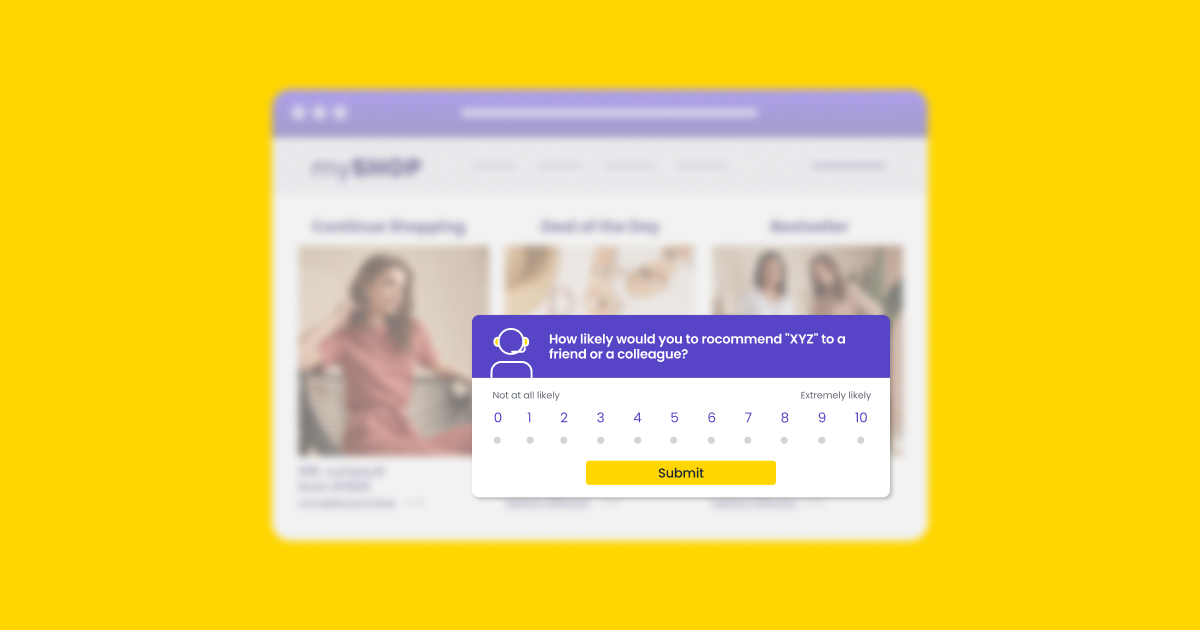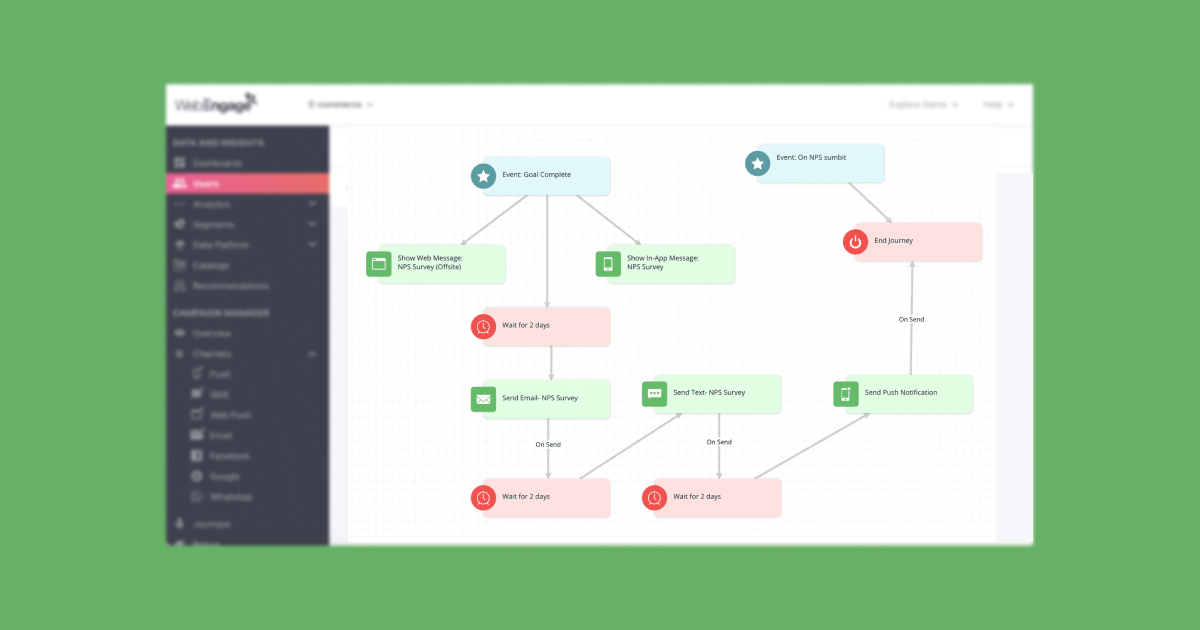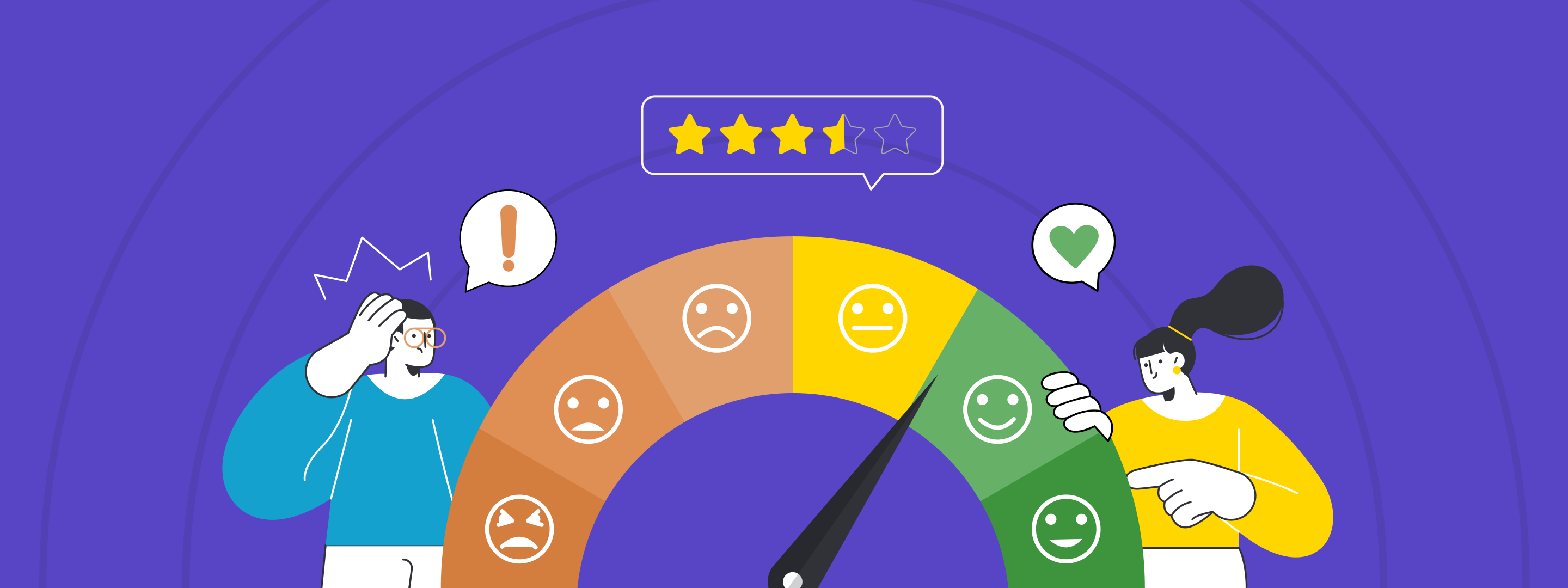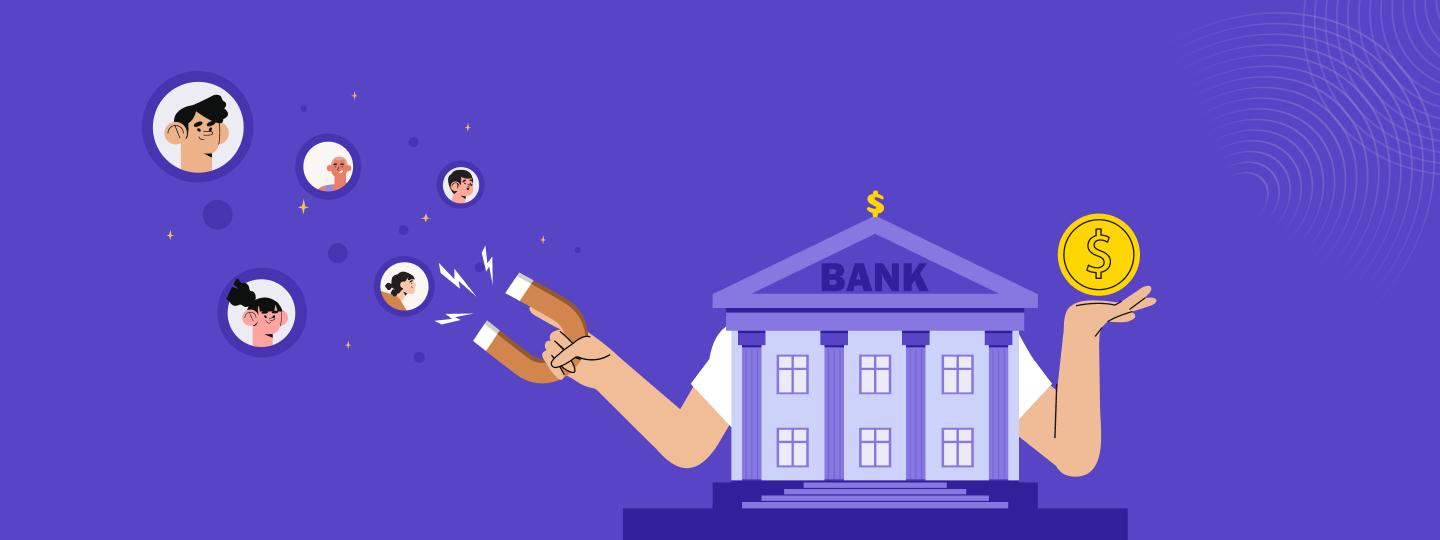Ever wondered how loyal your customers truly are?
It’s a question that haunts every business owner. After all, happy customers are the lifeblood of any successful company. But measuring that loyalty can be tricky.
That’s where the Net Promoter Score (NPS) surveys come in. Net Promoter Score (NPS) is a simple yet powerful metric that gives you a snapshot of your customers’ true feelings about your brand.
Think of it like a report card from your customers. With this metric, you can gauge their likelihood of recommending your business to others.
Ready to unlock the secrets of NPS and take your customer loyalty to the next level?
This blog post will dive deep into the world of Net Promoter Score, showing you how to automate surveys, interpret the results, and turn those insights into actionable steps.
So buckle up and get ready to learn how to turn your customers into raving fans!
“We take most of the money that we could have spent on paid advertising and instead put it back into the customer experience. Then we let the customers be our marketing. Historically, our number-one growth driver has been from repeat customers and word-of-mouth.”
– Tony Hsieh, CEO Zappos (source)
Table of Contents:
1. What is a Net Promoter Score (NPS)?
2. NPS is a Number, not a Percentage
3. When is the Right Time to Send Out Net Promoter Score (NPS) Surveys?
4. How to automate your Net Promoter Score (NPS) survey:
5. What’s Next?
Like Hsieh, any CEO will concur with the convenience of building up business through referrals over scouting for customers through advertising, cold calls, marketing.
Referrals from existing customers easily bring new customers leading to organic growth, sustainable in the long run.
You must have heard of Word of Mouth, Referrals, Customer Lifetime Value, Moment of Truth and their causal relationship with Customer Loyalty. Let’s see how the Net Promoter Score system works.
What is a Net Promoter Score (NPS)?
Net Promoter Score (or Net Promoter System) is a management tool to gauge customer loyalty, developed in 1993 by Frederick F. Reichheld. In 2003, it was adopted and is now a registered trademark of Bain and Company, Satmetrix. It gained popularity after the Harvard Business Review article “One Number You Need to Grow”.
Frederick’s years of research on understanding customer loyalty, word of mouth and growth resulted in cutting the clutter around too many customer satisfaction surveys. In the attempt to simplify things and to narrow them down to one question; Net Promoter Score was modelled and after that has been greatly accepted worldwide.
It revolves around a simple question: ‘How likely are you to recommend our product or service to others?’ Based on the responses, customers are classified as Promoters, Passives, or Detractors.
Net Promoter System classifies customers as Promoters, Detractors, and Passives.
Bonus Read – Learn More About NPS.
| Promoters | the ones extremely satisfied with your business/brand. These are the enthusiasts that give your business positive word of mouth, boosting referrals. |
|---|---|
| Detractors | the ones most likely to defect to the competition. And, vociferously spread negative word of mouth about your business. |
| Passives | the ones unenthusiastic about your business, and thus are prone to switch loyalties. |
NPS question has an 11 point scale, from 0 [Not at all likely] to 10 [extremely likely] and a standard question that reads like:

NPS is a Number, not a Percentage
Net Promoter Score is calculated by subtracting the percentage of Detractors from the percentage of Promoters. For e.g. out of 10,000 respondents, 45% marked 9 or 10, and only 15% gave ratings in the range of 0 to 6; then the NPS is 45 minus 15, i.e. 30.
NPS score is a result of subtracting two percentages. Therefore it’s a number, not a percentage. The range of NPS score is between -100 to +100 ( if all respondents are Promoters NPS is +100 and if all are Detractors NPS is -100)
Although Passives (scoring 7 or 8) don’t directly affect the NPS score, they are part of the total number of respondents, thus indirectly impacting the NPS calculation by affecting the percentages of Promoters and Detractors.
When is the Right Time to Send Out Net Promoter Score (NPS) Surveys?
Timing your NPS surveys is essential for accurate feedback. Ideal moments include after a significant interaction, like a purchase or customer service engagement. Surveys sent too soon may not capture the full customer experience, while late surveys might miss immediate reactions. Here are some of the key instances in your customers’ journey that you can take advantage of to send an NPS survey.
1. Capitalize on fresh experiences (1-3 days post-interaction)
Did a customer just conclude a significant purchase or encounter exceptional service? This window, within 1-3 days, is your prime NPS time. Seize the momentum while memories are fresh and emotions resonate.
2. Celebrate milestones
Has a customer reached a critical milestone or unlocked a new tier of engagement? Acknowledge their progress with a well-timed NPS survey. This demonstrates your interest in their journey and leverages their excitement to fuel deeper feedback.
3. Post-problem resolution
Successfully navigated a complex issue and turned a frown upside down? Don’t let the positive resolution dissipate! Send an NPS survey promptly, expressing gratitude for their patience and gathering honest feedback on your problem-solving approach.
4. Conduct regular checks (Every 3-6 months)
Regular NPS surveys, conducted every 3-6 months, act as preventative maintenance checks, identifying potential gaps in your products or service.
5. Extended product engagement
For products requiring time to learn or engage with, it’s better to wait a few weeks or months before sending an NPS survey. This delay allows customers enough time to fully understand and use the product. After this period, the NPS survey can provide a clearer view of their long-term satisfaction.
How to automate your Net Promoter Score (NPS) survey
How many times have you sent out an NPS survey and have managed to receive little to no response from your customers? When the world is riding on the waves of AI and automation today, manual NPS surveys simply don’t get you results. You need to automate the process to make it more efficient and smarter.
By employing the right automation tactics, you can ensure your NPS surveys land in the sweet spot – reaching the right customers at the right time through the right channels. This targeted approach not only boosts response rates but also yields richer, more actionable feedback that drives your business forward.
So, let’s delve into three powerful automation strategies designed to transform your NPS score:
Targeting based on past engagement
Every customer interacts with your brand differently. Some prefer to interact with push notifications, while others would be comfortable with email.
Now, imagine knowing your customers’ preferred communication channels like the back of your hand. This strategy taps into that superpower by analyzing past interactions with emails, app usage, and other touchpoints. It then uses this data to send the NPS survey through the channel they’re most likely to respond. The result? Enhanced engagement, better response rates, and a deeper understanding of customer preferences.
[Snapshot of WebEngage’s Journey Designer]

* The journey is triggered by the event “Goal Complete” defined by a predefined event (like transaction complete, delivery completion etc.)
** To avoid sending multiple survey requests the journey provides for an ‘exit trigger’ by tracking the event “On NPS Submit” across channels.
Sequential targeting post-transaction
This strategy constantly charts the post-purchase journey map, pinpointing the right moment to offer an NPS survey on each channel.
For instance, a user who completes a purchase through your app might receive an NPS prompt within the app shortly after, followed by an email reminder a few days later if they haven’t responded.
This sequential approach ensures you catch them at the most relevant moment, capitalizing on fresh memories and emotions for deeper insights.

Send smarter surveys with personalized mobile push notifications with WebEngage
Targeting based on channel access
This strategy focuses on reaching your customers wherever they are most accessible. For website visitors, it might involve displaying an NPS pop-up while they browse. For app users, it could be a targeted in-app notification. For those with confirmed contact information, email or SMS surveys. By prioritizing channels based on confirmed access (app installs, email opt-ins, etc.), you ensure your NPS survey reaches its destination, maximizing your chances of capturing valuable feedback.
Craft your automated NPS survey journey with WebEngage’s Customer Journey Designer
What’s Next?
Ready to ditch the manual hustle and embrace the future of NPS? With automation, the possibilities are endless. With targeted NPS automation, you’re not just predicting your customer relationships but actively shaping them for the better.
Remember, in the NPS game, timing is everything, and automation is your secret weapon. With tools like Customer Journey Designer, you can automate your entire NPS program, from triggers to analysis. Furthermore, you can build customized journeys that adapt to each customer’s touchpoints, deliver surveys through their preferred channels, and get actionable insights to improve your experience continuously.
Book your free demo today and see how WebEngage can transform your NPS game!































 Kasturi Patra
Kasturi Patra
 Diksha Dwivedi
Diksha Dwivedi









